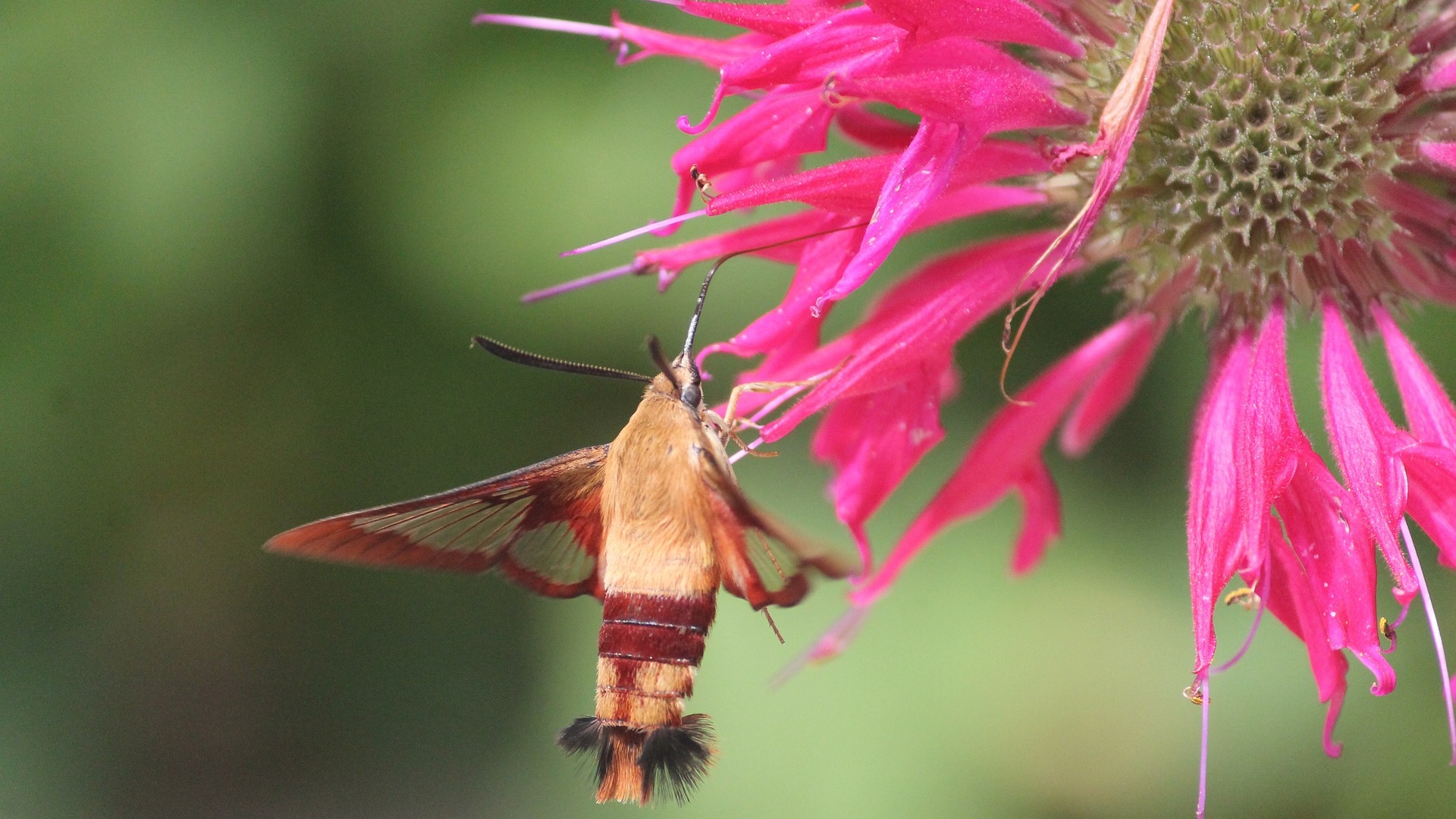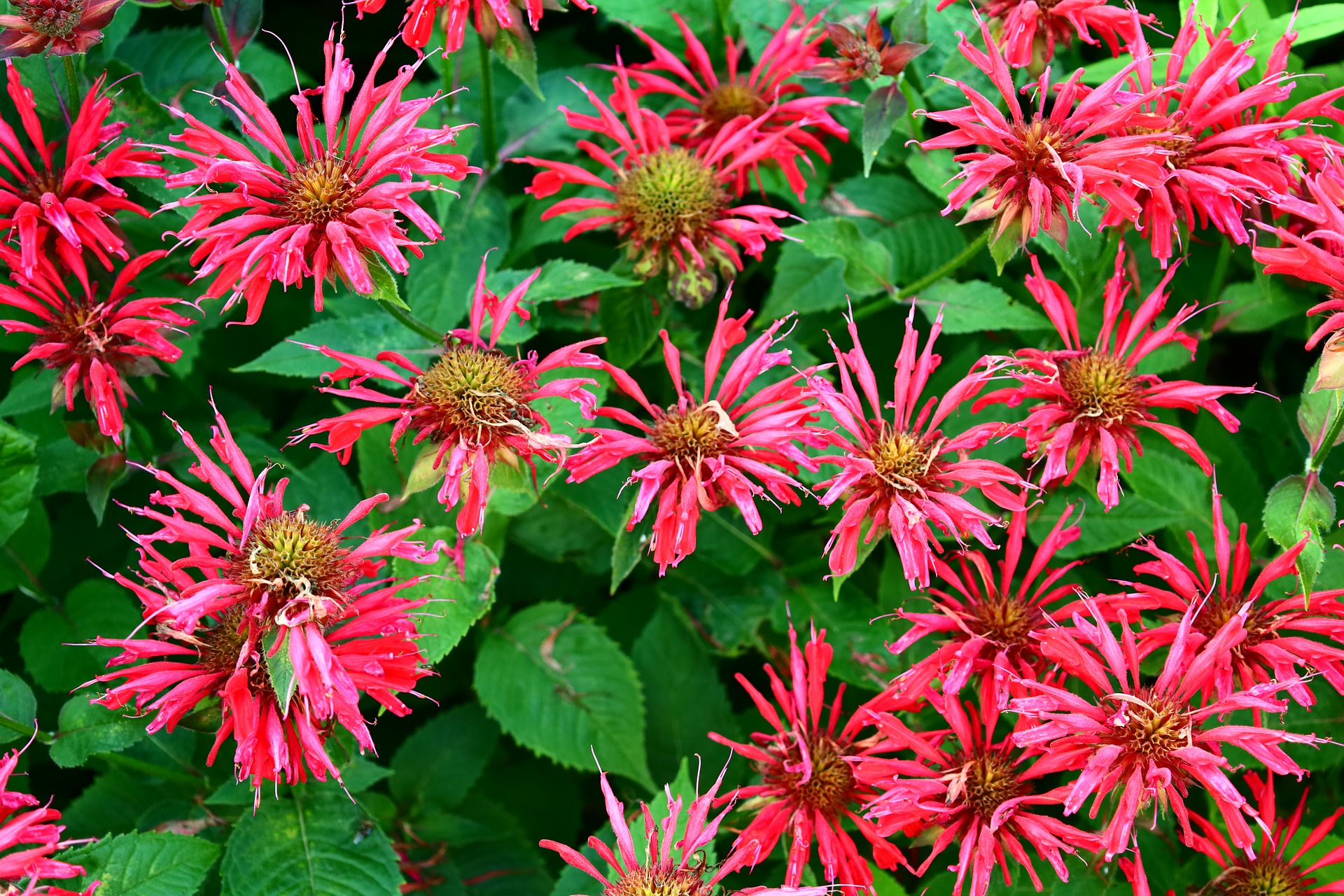
Flowering bee balm (Monarda) in the garden
How to Plant, Grow, and Care for Bee Balm
ADVERTISEMENT
I cut back my bee balm last fall and it not growing. Its already June and it has not grown at all
After doing a ton of research and experimentation, I believe I have a good handle on bee balm.
Someone asked about red bee balm, why it's purple and not red. Red is Monarda Didymus, a cultivar aka Scarlet Bee Balm. They're in the mint family, so they're very forgiving. I restrict mine to large pots as they're aggressively invasive. I'm putting a few in the ground this fall enclosed by pots with the bottoms cut out.
I always water from the bottom to avoid powdery mildew.
My bee balms are always busy with hummingbirds, bees, and butterflies. I keep a few next to my tomatoes, with other squirrel repellent plants, I haven't lost a tomatoe this year.
I grow mine from seed, I have 20 I'm about to plant. I have a shade garden and a sun garden, all focused on hummingbirds, butterflies, and bees - pollinators. My wife thinks I'm crazy, but she is always watching our bee balms with delight!
Last fall I planted Scarlet Bee Balm in a patch of invasive lemon balm - I'm hoping it out-competes the mint so that I at least get blooms. I've tried without success to eradicate the mint. Hopefully the Scarlet Bee Balm takes over the area.
I have a beautiful 4 ft tall red Bee Balm. Yesterday we had a severe storm with high winds that beat down the branches. Should I tie them back up, or will they stand back up on their own.
I have a beautiful 4 ft tall red Bee Balm. Yesterday we had a severe storm with high winds that beat down the branches. Should I tie them back up, or will they stand back up on their own.











Comments